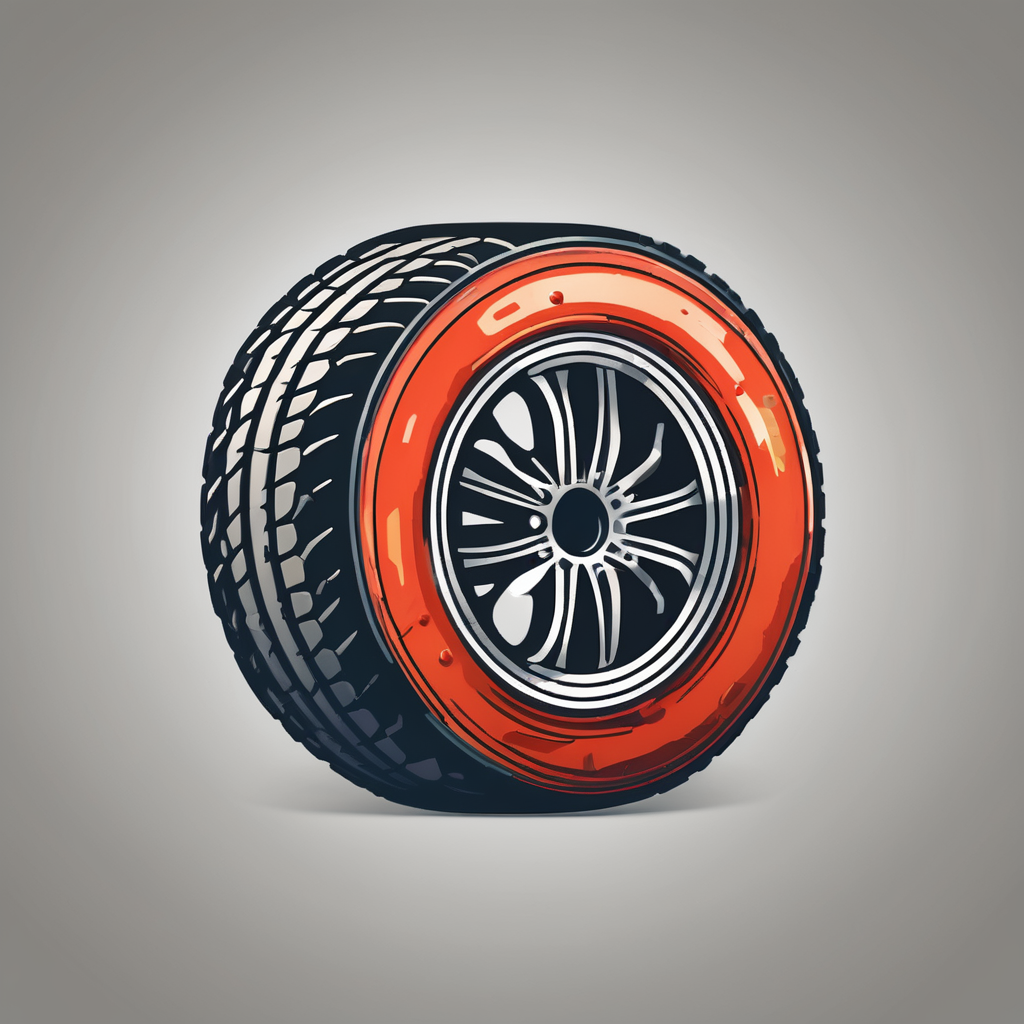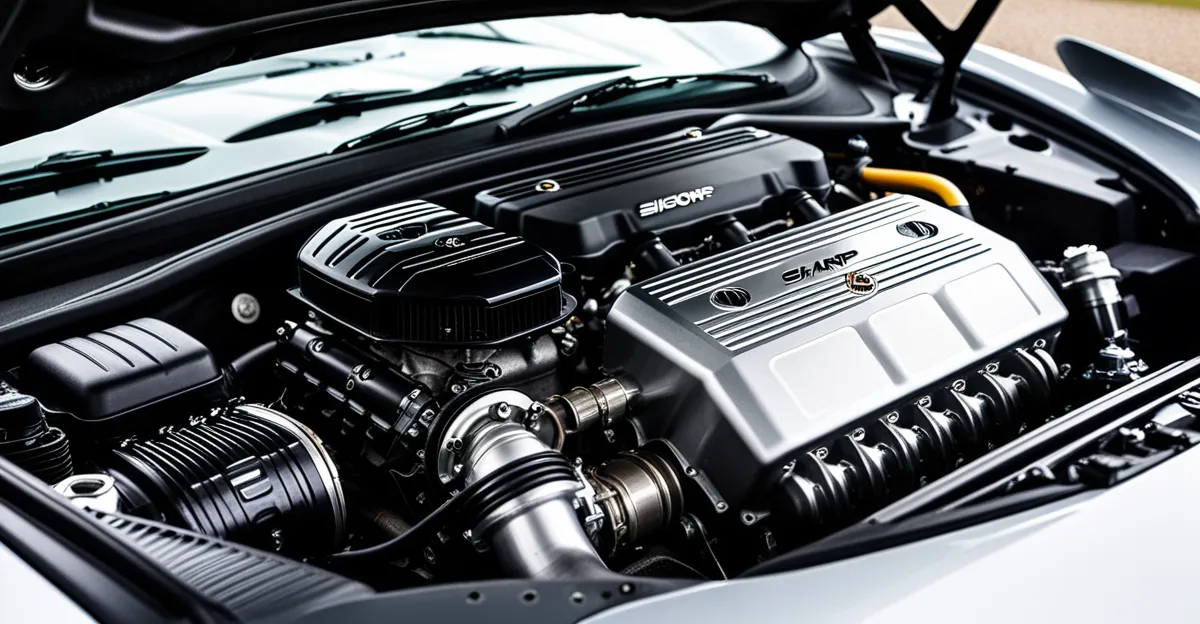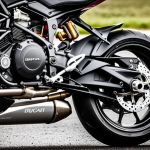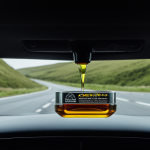Essential Torque Specifications for British Sports Car Engines
Understanding torque specs is critical in the restoration and maintenance of British sports car engines. Proper torque values ensure the integrity of critical components like head bolts and main bearings, which directly affect engine performance and longevity. Using incorrect torque can lead to leaks, warped parts, or catastrophic engine failures.
This section provides concise, reliable torque specifications drawn from manufacturer references and trusted sources. Common fasteners such as cylinder head bolts, connecting rod bolts, and bearing caps require precise torque to maintain the correct clamping force and prevent loosening over time.
This might interest you : Transform Your British Luxury Car’s Interior: The Ultimate Expert Detailing Guide – A Step-by-Step Manual for Perfection
For enthusiasts working on classic models—be it Triumph, MG, Austin-Healey, or Jaguar—knowing these values avoids trial and error, saving time while preserving engine reliability. Torque specifications vary between years and models, so referencing exact data is vital during restoration or performance tuning.
In short, accurate torque specs for British sports car engines are foundational for successful engine assembly, facilitating smooth operation and peak output. Whether replacing a gasket or rebuilding the bottom end, meticulous adherence to these values protects your engine investment.
In parallel : Mastering Wheel Alignment: Essential Techniques for Unmatched Traction on Your British Off-Road Journey
Detailed Torque Specs by Make and Model
British sports car engines vary widely in torque requirements depending on their maker and model. Understanding key Jaguar torque specs is essential—especially for engines like the E-Type’s XK 6-cylinder, where cylinder head bolts require around 40-45 lb-ft, progressing through specified stages to ensure even clamp load. The XJ and XK series demand similar precision, reflecting the engine’s high-performance design.
For Triumph engine tightness, models such as the TR series and Spitfire share common fastener torque ranges. Cylinder head bolts typically need tightening to about 35-40 lb-ft, with incremental steps helping prevent warping. The GT6’s inline-6 engine demands careful calibration of bolt tension to maintain sealing efficiency.
MG engines—including the MGB, MGA, and Midget—have specific engine specs tailored for their lightweight, high-revving designs. Main bearing cap bolts, for example, generally require torquing between 50-55 lb-ft. For Austin-Healey fastener torque values, head bolts typically demand about 40 lb-ft, while crankcase bolts vary depending on the model year and engine size.
Accurately following these torque specs by make and model avoids common pitfalls such as uneven gasket compression or bolt stretch, which can compromise engine integrity during restoration or performance tuning.
Practical Tips for Applying Torque Specs
Applying correct torque specs during restoration or maintenance of British sports car engines demands precision and proper technique. Selecting a high-quality torque wrench calibrated regularly is crucial to achieve repeatable accuracy. Mechanical click-type wrenches are often preferred for DIY engine work due to their clear feedback.
Follow manufacturer-recommended tightening sequences—commonly involving incremental stages—to avoid uneven bolt stress or warping. For example, cylinder head bolts should be tightened in a crisscross pattern, gradually increasing torque as specified by the factory manual.
Rechecking torque after initial engine start-up or a few heat cycles ensures fasteners remain within tolerance, preventing loosening caused by thermal expansion or gasket settling. Keeping bolts and threads clean and lightly lubricated when recommended helps achieve consistent torque results.
Consistently applying correct torque specs protects components like main bearings and connecting rods, maintains engine sealing, and optimizes performance tuning outcomes. Practical adherence to torque procedures minimizes costly errors and extends engine life, making DIY restoration both successful and satisfying.
Essential Torque Specifications for British Sports Car Engines
Torque specs for British sports car engines are vital for successful restoration and maintenance, ensuring reliable performance and longevity. Critical fasteners such as head bolts, main bearings, and connecting rods require precise torque values tailored to each make and model. Misapplication of torque can cause thread damage, gasket failure, or warped components.
Quick reference tables compiling torque specs assist restorers in applying correct values efficiently. For example, popular British sports cars cover a range of torque specs:
- Cylinder head bolts typically range from 35 to 55 lb-ft depending on engine design.
- Main bearing bolts often require higher torque to maintain bearing alignment and oil clearances.
- Connecting rod bolts call for stringent torque accuracy to prevent loosening during engine operation.
Restoration projects benefit from manufacturer specifications found in factory workshop manuals and expert guides, which provide authoritative torque values verified through testing. Accurate torque application is especially critical when performing performance tuning, as improper clamping forces can degrade engine output or cause premature wear.
Consistent adherence to proven torque specs supports both engine reliability and optimized performance tuning outcomes, giving enthusiasts confidence in their restoration and maintenance efforts.
Essential Torque Specifications for British Sports Car Engines
Accurate torque specs are indispensable for successful restoration and maintenance of British sports car engines. Quick reference tables consolidate critical torque values for head bolts, main bearings, and other essential fasteners. These tables cover popular makes like Jaguar, Triumph, MG, and Austin-Healey, aligned by model year to accommodate evolving specifications.
For instance, cylinder head bolts typically require values ranging from 35 to 55 lb-ft, depending on engine design and model. Main bearing bolts usually demand higher torque to ensure correct bearing alignment and prevent oil clearance issues, directly impacting engine reliability and performance tuning outcomes.
Reliable data comes from factory workshop manuals and verified manufacturer references, guaranteeing consistent application. Using these authoritative sources reduces guesswork during restoration and maintenance, supporting optimal engine function. Precise torque application prevents issues such as bolt loosening, gasket failure, or part warping, which can compromise engine longevity.
By adhering to well-documented torque specs based on trusted references, enthusiasts can confidently proceed with restoration or tuning tasks, ensuring the British sports car engine operates smoothly and performs at its best.









